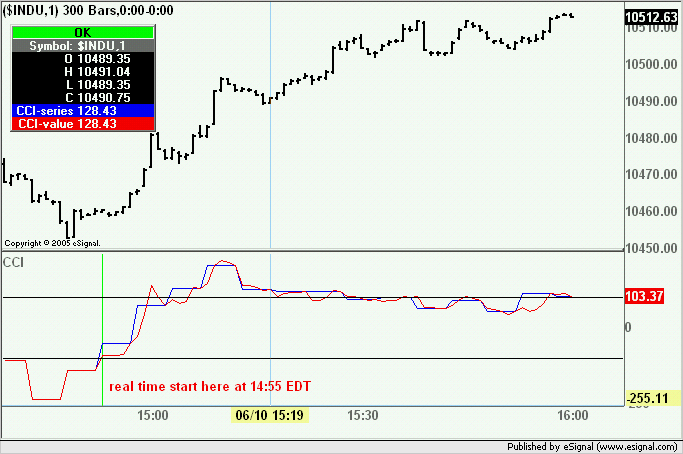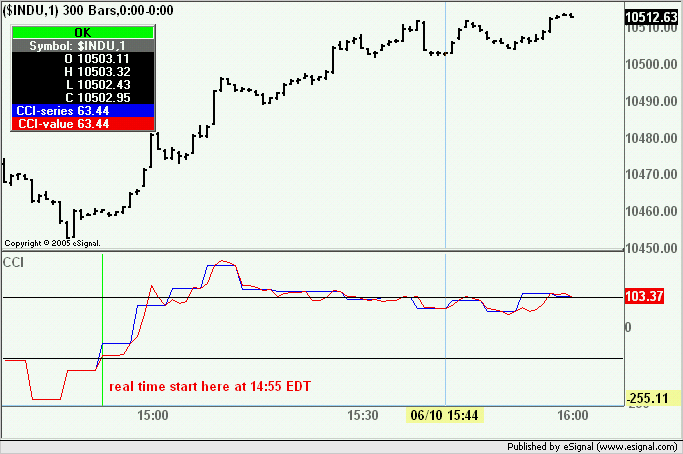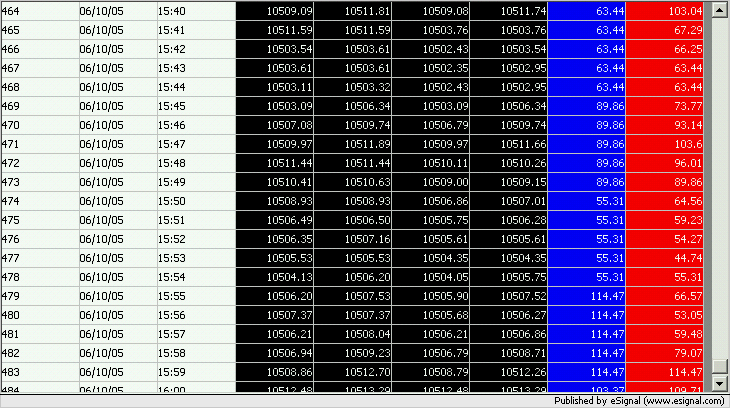Can anyone explain [in plain English, for a novice] the diferences between getSeries and study.getValue()?
Based on documentation it should be none, but the results are diferent when plotting [last bar real time or not], so I need this clarification for other usages.
Thank you.
Mihai
Based on documentation it should be none, but the results are diferent when plotting [last bar real time or not], so I need this clarification for other usages.
Thank you.
Mihai






Comment